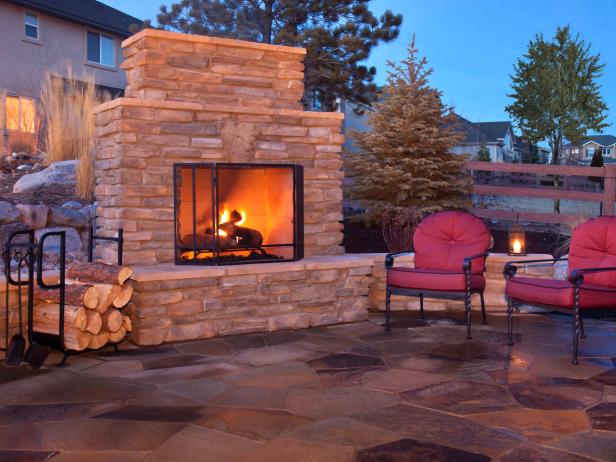The location and design of fireplace are determined by many factors. As an example, wood burning fireplace requires proper designs of the interior. This will make it easier for us to carry ashes down and toting wood up. There would be compromises related to clearance and venting requirements. We may have ideal locations inside the house, but they could be inappropriate due to some technical reasons. As an example, a fireplace could look great between two windows, but it actually requires a more spacious area. In this case, we may need to consider a fireplace that is fuelled with gas or electric. It means that we should remain flexible and mindful in each stage of planning.
Through the ages, there are many designs of fireplace that we can choose. As an example, a corner fireplace could provide a good balance for the rest of objects in the room. Low-profile or flat hearts could be more practical for much smaller room. In the 19th century until 1940’s, flat hearths were more commonly used. If we want extra seating inside the room, it’s a good idea to raise the hearth for between 16 and 18 inches. In this case, we should think about design elements in our room, how fireplace should be installed and how the furniture should be arranged. With raised hearth, it would take less bending when tending to or loading woodfire.
In some cases, we may ant to replicate the looks of fireplace from specific era. This could require the right hearth materials. In general, a fireplace is a box that can hold and sustain fire. There are different decorative accents that are offered by manufacturers on window finishes, door and trim styles. Among the greatest elements that we can include in the design styles are protection for the walls, trim, surround and hearth. We should be aware that requirements could vary quite greatly based on the type of fuel and location of our fireplace. Woodburning fireplace could need bigger hearth at about 18-inch or more. This could prevent tumbling embers and spread of sparks.
Electric and gas fireplaces require minimal or no hearth. However, we could still use comprehensive design to make them look like classic and authentic woodburning fireplace. In this case, a chimney isn’t needed and the overall maintenance task would be easier to do. When choosing the material for the hearth, it is important that it has the proper thickness for optimum heat transfer. The hearth should also be properly installed. The area in the fireplace should also be adequate to ensure proper support of the venting system and the hearth itself. In some installations, we may need a proper fireproof underlayment. As an example, trim and mantel choices could have the biggest impacts on the design of our fireplace.


Leave a Reply